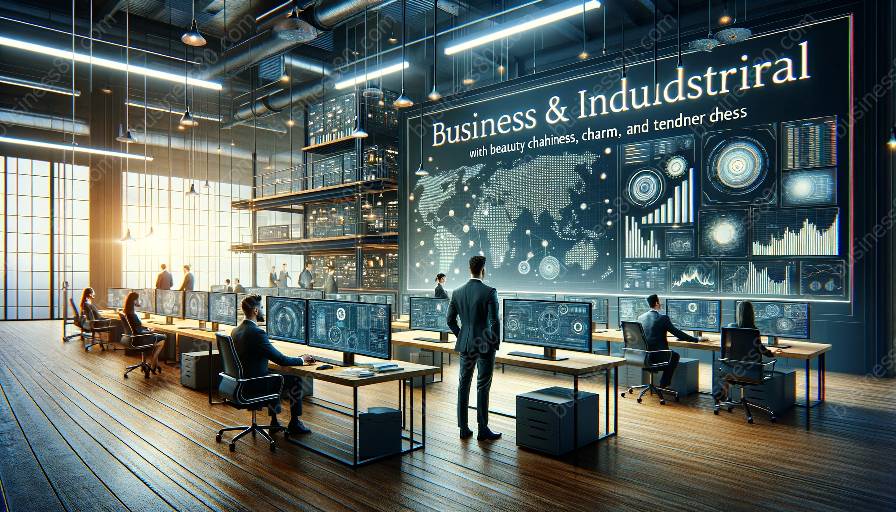Gestural and tangible interfaces have significantly reshaped the way humans interact with computers and technology, offering more intuitive and user-friendly experiences. In this comprehensive topic cluster, we’ll delve into the concepts, applications, and implications of gestural and tangible interfaces in the realms of human-computer interaction, usability, and management information systems.
Gestural Interfaces
Gestural interfaces are a type of user interface that allows interactions with digital devices via gestures and body movements. These interfaces have gained widespread attention due to their natural and intuitive interactions, leveraging motion sensors and cameras to track movements and translate them into commands.
One of the most well-known examples of gestural interfaces is the Microsoft Kinect, which uses depth-sensing cameras to enable users to play games or control media by simply moving their bodies.
Tangible Interfaces
Tangible interfaces introduce physical objects as interactive elements in digital systems, bridging the gap between the physical and digital worlds. These interfaces often utilize sensors, RFID technology, or augmented reality to recognize and respond to the manipulation of physical objects.
For instance, interactive tabletops enable users to interact with digital content using physical objects like cards or tokens, integrating the tactile and visual aspects of user interaction.
Human-Computer Interaction and Usability
The advent of gestural and tangible interfaces has revolutionized human-computer interaction by offering more natural and engaging ways for users to interact with technology. Rather than relying solely on traditional input devices such as keyboards and mice, users can now interact with digital systems using gestures, touch, and tangible objects.
Usability, a key aspect of human-computer interaction, is greatly impacted by the design and implementation of gestural and tangible interfaces. The intuitiveness and ease of interaction offered by these interfaces can significantly enhance the usability of systems, resulting in a more satisfying user experience.
Impact on Management Information Systems
The integration of gestural and tangible interfaces into management information systems (MIS) has the potential to transform the way organizations interact with and utilize data. These interfaces can facilitate more natural and immersive data visualization, manipulation, and analysis, enabling better decision-making and enhancing user engagement with information systems.
For example, tangible interfaces can be used to create interactive data representations, allowing users to physically manipulate and explore complex datasets, leading to deeper insights and understanding.
Future Implications
The ongoing advancements in gestural and tangible interfaces promise an exciting future for technology and user experience. As these interfaces continue to evolve, they are likely to play an increasingly significant role in shaping the next generation of human-computer interaction, usability, and management information systems.
The convergence of these interfaces with emerging technologies such as augmented reality, virtual reality, and machine learning opens up new possibilities for innovative and immersive user experiences.

